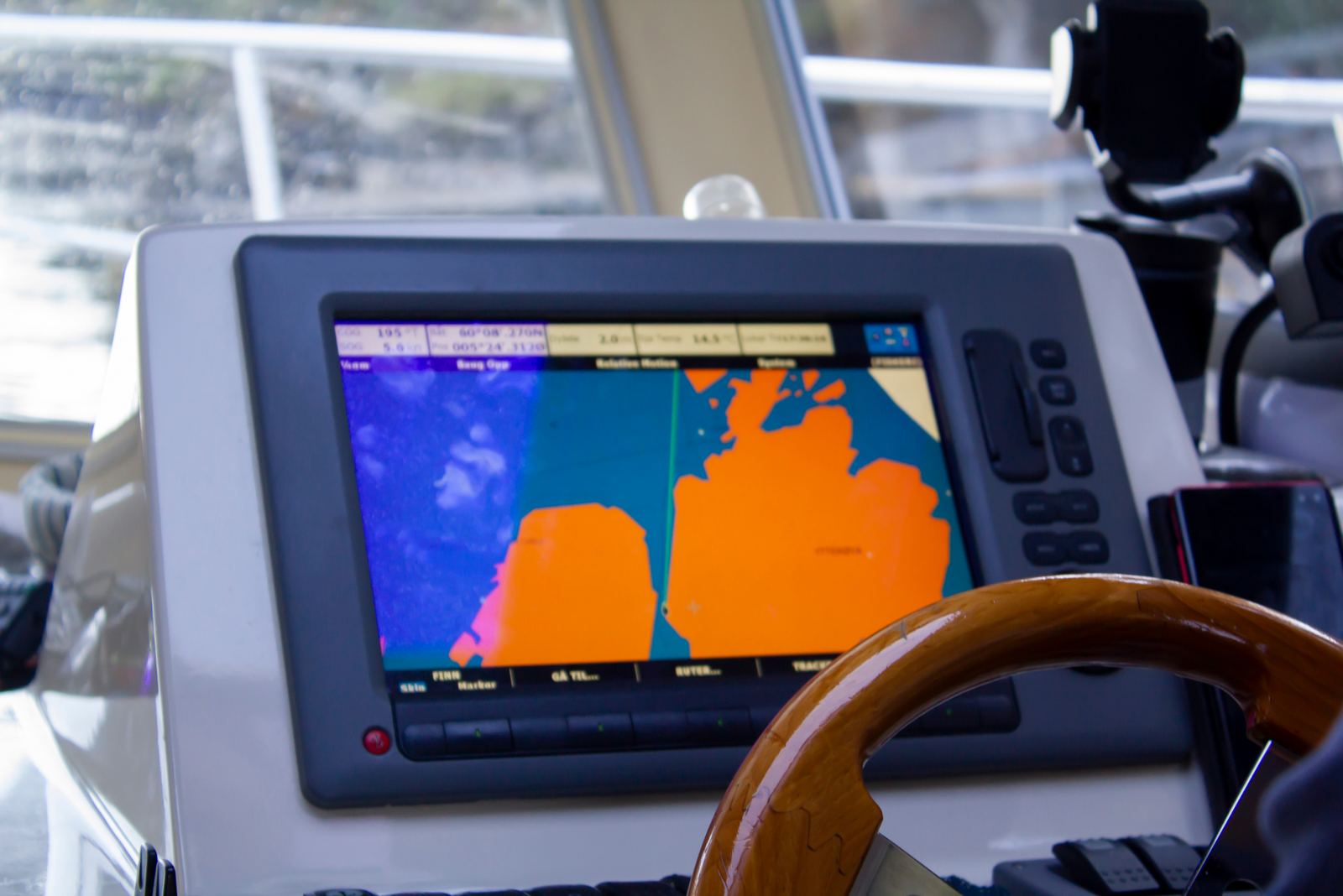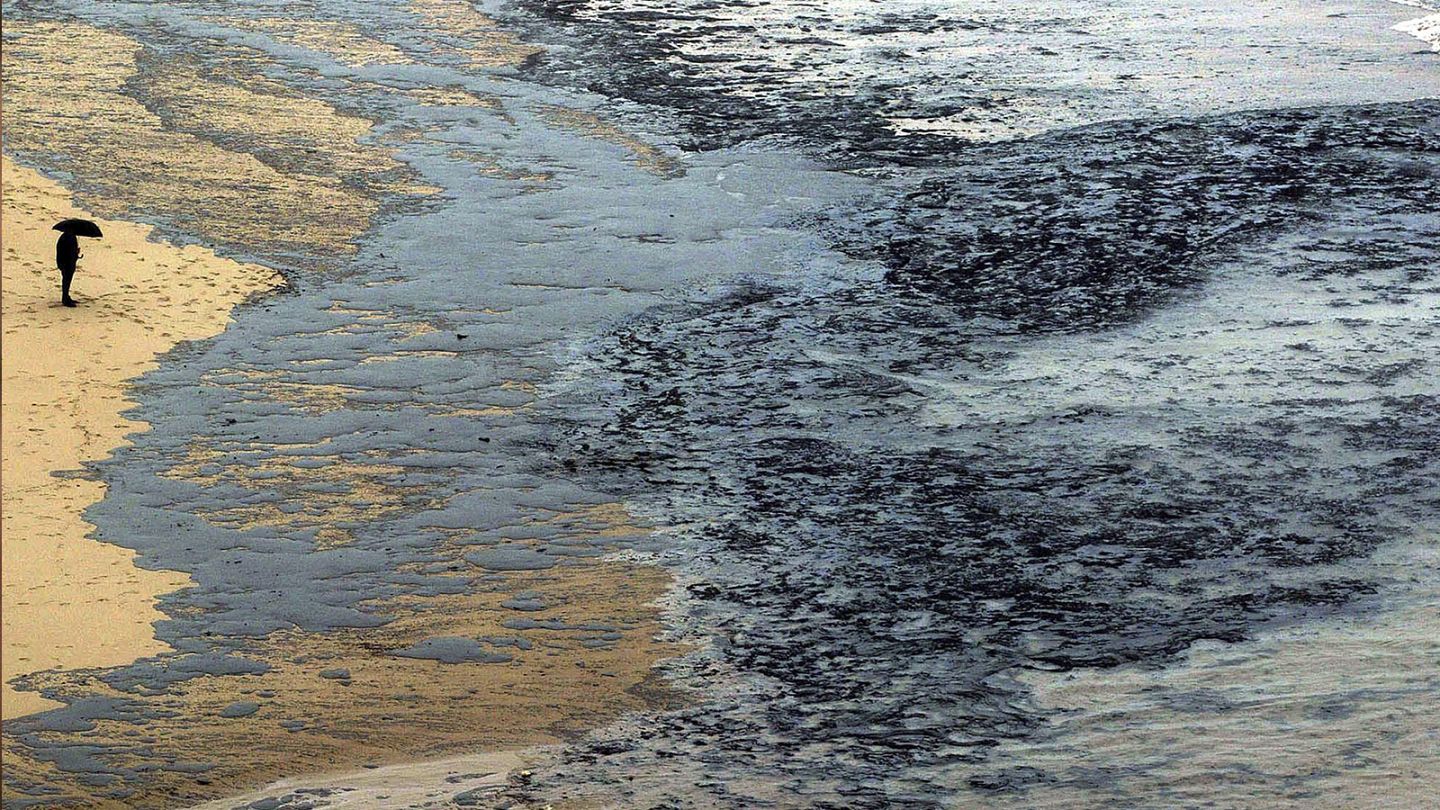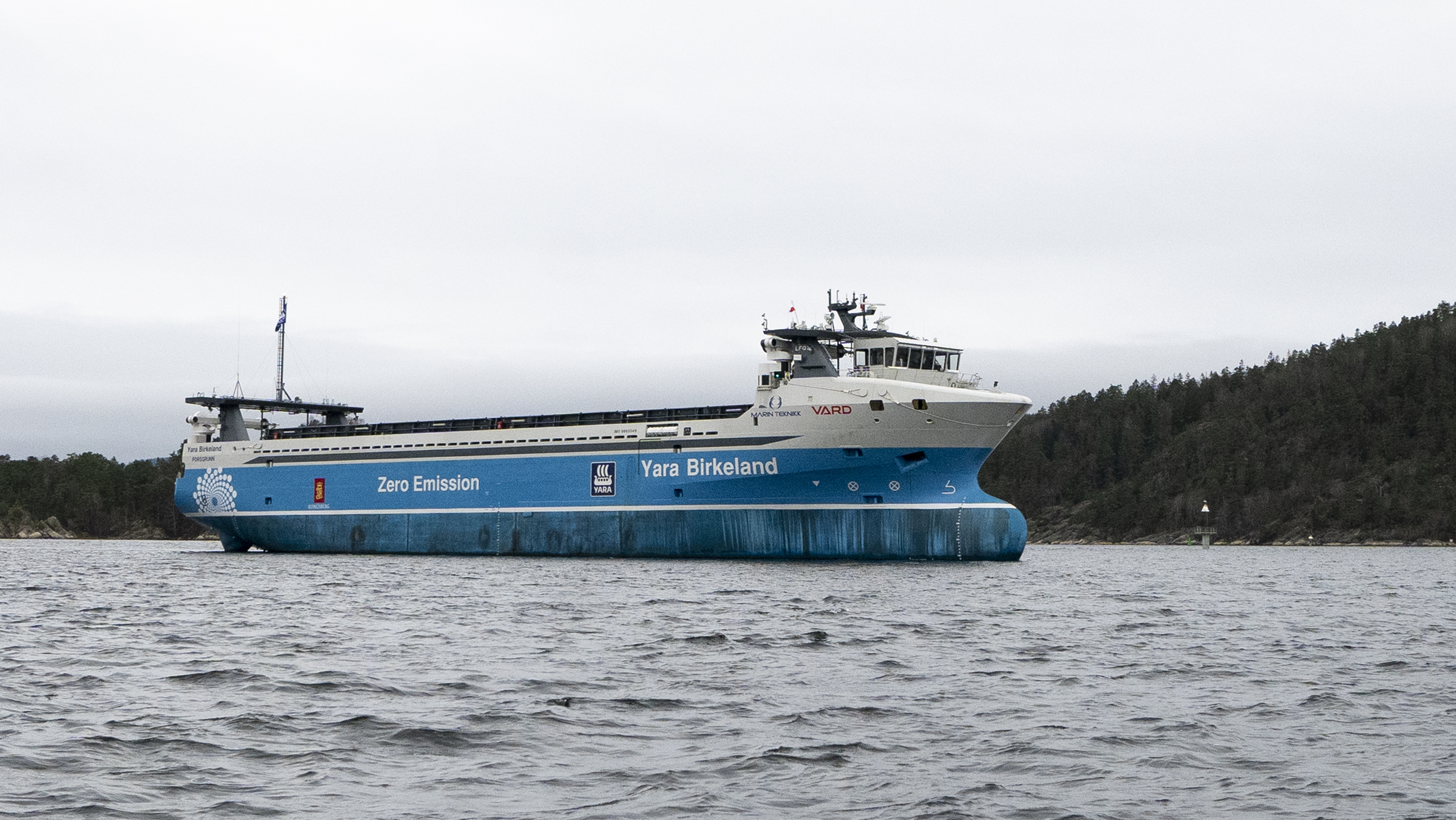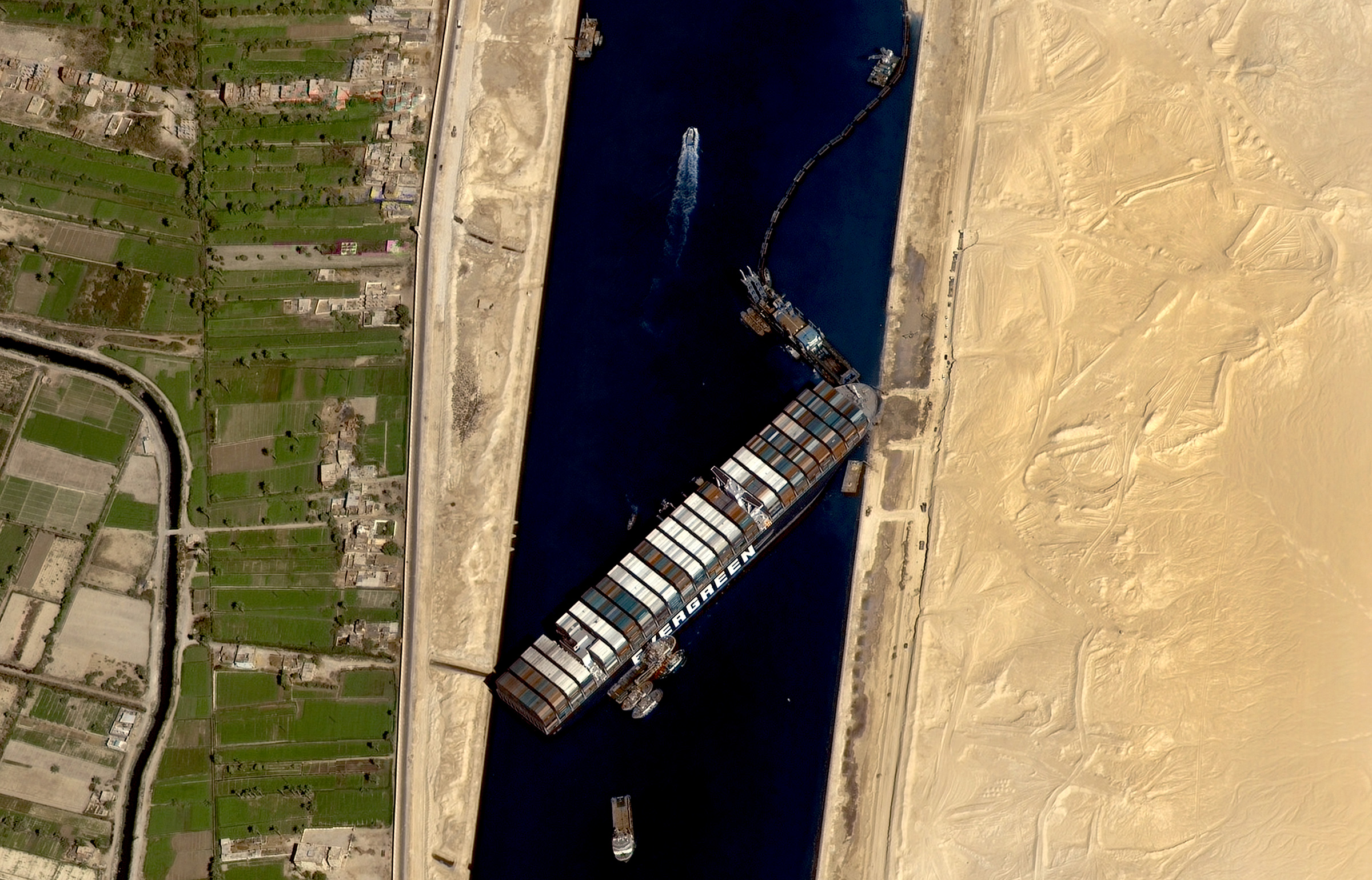No smart phones, no social media. Life was quite different when we entered the 21st century but we have come so far.
Humanity has pushed the limits of the blue frontier through ground-breaking inventions and sadly, sometimes with catastrophes. A century of advancements, failures, and bold aspirations, the kind of things that would cause even Poseidon to pause for a cup of coffee and reflect.
Certainly, it is impossible to include all important events and milestones in one article. Nevertheless, let us chronologically recall what happened in the past quarter century.
Late 90s and 2000: GPS Revolutionizes Maritime Navigation
The Global Positioning System (GPS), which was created in the 1970s, locates ships using satellite signals. GPS transformed maritime navigation when it was made available to the general public in the 1990s and is still a common instrument today. GPS uses signals from satellites instead of radio transmitters.
Ships, airplanes, cars, and other vehicles may now go anywhere in the world with assurance thanks to modern GPS. Through the accuracy of contemporary navigation methods, cargo ships can cross large expanses of open ocean without getting lost and navigate congested waterways without running into each other.
2002: The Prestige Oil Spill and La Joola Disaster
A new century also came with tragedies. The oil ship Prestige sank, releasing 20 million gallons of oil into the Atlantic, off the coast of Galicia, Spain. The incident brought to light the effects of aging ships and the vulnerability of marine ecosystems. Additionally, it sped up tanker design talks, which led to more stringent rules and the almost complete phaseout of single-hull tankers.
Unfortunately, the same year saw the worst maritime disaster in 21st century. An estimated 1,864 people were killed when the overloaded boat La Joola sank off the coast of Senegal on September 26. Only sixty-four people survived.
Mid 2000s: Digitalization in Maritime
In the early 2000s, inspections were still carried out by hand, which left open numerous opportunities for human error because ships had to document their activities in far more detail. However, analysis was becoming increasingly automated due to computer processing capacity. The first fuel consumption flowmeters, which would transform the management and optimization of vessel performance, were being placed on ships.
The transition to integrated 3D modeling software, such as Computer-Aided Design (CAD), was being advanced by ship design firms. Ships that were able to sail more quickly without using more fuel were also the consequence of advancements in materials and Computational Fluid Dynamics (CFD).
Additionally, advances in accident reconstruction techniques aided in the identification of additional hazards.
2008: Piracy and Security Issues in the Gulf of Aden
Somali pirates used the Gulf of Aden as their personal treasure trove as the rest of the globe struggled with a financial crisis. A high point for contemporary piracy was the seizure of the MV Sirius Star, a supertanker transporting crude oil valued at $100 million. However, as a result of the international community’s organized maritime patrols, piracy started to decline in the following years.
2010: Deepwater Horizon oil spill
The explosion on the Deepwater Horizon oil rig resulted in the greatest marine oil leak in history. This event accelerated the importance given to environmental issues and intensive efforts were made to neutralise the impacts.
Eleven crew members were killed in an uncontrollable explosion produced by oil leaking out of the hole while drilling was underway. The fireball was visible from about 60 kilometers away and was impossible to put out. Deepwater Horizon sank fully two days later.
2014: The Disappearance of MH370 Resulted in Underwater Development
The history of aviation was written in blood and also impacted the maritime. Despite being an aviation mystery, Malaysia Airlines Flight 370’s disappearance turned into an unprecedented maritime endeavour. Innovative underwater search technology was introduced throughout the hunt, which covered thousands of miles of ocean. It served as a sobering reminder of both the size of the ocean and the boundaries of human creativity.
Some parts of the lost aircraft were discovered thanks to these initiatives.
2017: First Autonomous Ship Ordered
In 2017, the Yara Birkeland was unveiled, marking a silent leap forward for maritime innovation. It was dubbed the first completely autonomous electric cargo ship in the world and was expected to lower operating costs and carbon emissions. On April 29, 2022, the ship was christened.
This Norwegian marvel, created by the technology company Kongsberg and the chemical corporation Yara International, exemplifies the possibilities of autonomous marine technology.
2018: The Ocean Cleanup
In an ambitious attempt to remove trash from the oceans, the Ocean Cleanup Project introduced its first system. Even while some questioned its effectiveness, the project’s boldness ignited a global dialogue about marine pollution.
2020: Suez Canal Blockade
Global focus switched from COVID-19 to the Suez Canal in March 2020, when the Ever Given was able to park itself diagonally, obstructing 12% of world trade. The economy shook, memes emerged, and diggers made every effort to liberate the enormous ship. It served as a reminder of the delicate balance of global supply chains and the fact that one ship has the power to end the supply chain.
2020s: Decarbonization Initiatives
Greener technology is being adopted by the maritime industry as a result of the International Maritime Organization’s (IMO) aggressive goals for lowering greenhouse gas emissions. The industry started to steer toward sustainability with the introduction of wind-assist propulsion technologies and LNG-powered ships. Although rotating an oil tanker is a slow procedure, progress is being made.
2020s: Advanced Digitalization
Maritime operations were transformed by developments in big data analytics and AI-powered navigation. As real-time weather, traffic, and fuel use tracking became commonplace, routes were optimized and expenses were decreased.
2025 and Future Ahead
Hydrogen-powered ships, further research into the ocean’s enigmatic trenches, and perhaps even floating cities are all exciting possibilities for the future. One thing is certain: the marine environment is still as dynamic and unpredictable as the tides themselves.
As we move towards the second quarter of the 21st century, we would like to declare to you that as Zeymarine, we are behind the development of our industry with sustainability and environmental awareness. Our goal is always to go beyond expectations.












